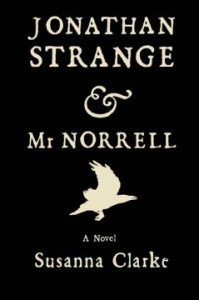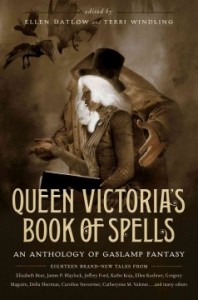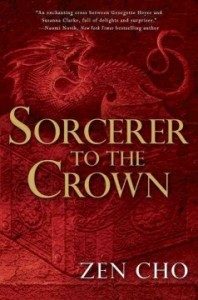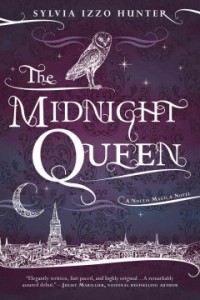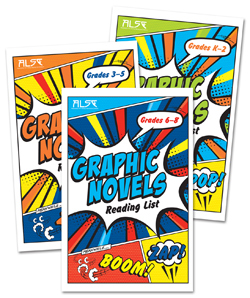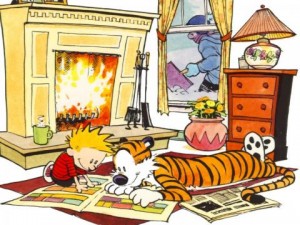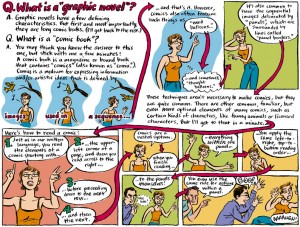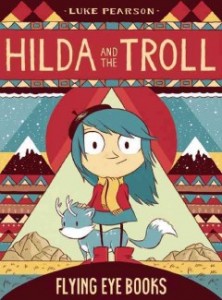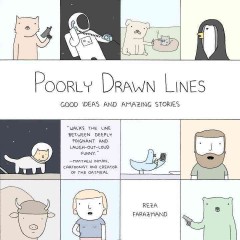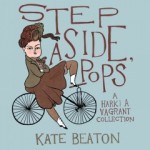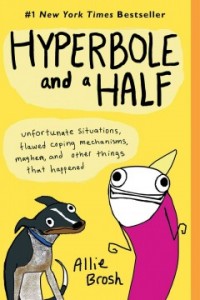
As I type, dear readers, the rain has at last ceased (for now, at least…), and the wind is howling outside; a suitable atmosphere indeed for those of us who love horror novels and ghost stories, but hardly a fit setting for those anxious for a bit of spring and a helping a sunshine.
Now, I fully understand that the rain is necessary, and I can accept that we don’t precisely live in an area that is guarantee nice–or even reliable–weather on a regular basis. But even I, who am a lover of all things stormy and dreary, have to admit that the gloom of a rainy, windy spring can get a trifle wearing after a while.
Sunlight has a number of health benefits for the human body…most importantly, it causes the body to produce serotonin, which helps us feel alert, focused, and positive (and also help us sleep at night, when that serotonin gets converted to melatonin to make us sleepy when it’s dark). This is part of the reason why, when the weather is cold and rainy, you want nothing more than to curl up until a comforter and ignore everyone…at least, I’m assuming other people feel that way. It’s not just me, right?
Now, I’m not really about to propose that reading about sunshine can have the same effects as sitting in the sun, but I am arguing that it can make these rainy, windswept days a bit more entertaining. Many of these books may also be beneficial if you are suffering from a case of literary wanderlust, and need a few moments’ of far-flung adventure in the safety of your own reading nook. So come and take a literary adventure with us today. You won’t even need to worry about sunscreen! *
*Unless you choose to read outside. Then you might want to worry about sunscreen. And a hat.
 The Sun is God: We’ve discussed Adrian McKinty’s Irish noir novels here before, but I was surprised and quite excited to hear that he’s also written an historic mystery, set in one of the most bizarre colonies to emerge from the Imperial Projects of the 19th Century. In 1902, August Engelhardt, a German subject, arrived in the colony of German New Guinea, with the intention of starting his own colony of sun worshippers, who would live off the land and consume only coconuts. Seriously. They were to be known as cocovores. The colony wasn’t really successful; within a few years, Engelhardt would be the only white inhabitant on the island of Kabakon, but he himself remained until is death in 1919. There were stories of German troops ships passing by during World War One and slowing down to wave at him as they sailed by. There were also stories of some mysterious deaths taking place on the island….and those stories create the backbone for McKinty’s tale, featuring the somewhat enigmatic former British military police officer Will Prior, who is called upon, as a neutral party, to investigate the goings-on at Kabakon, with some seriously unexpected results. I’ve personally always found Engelhardt’s bizarre colony a fascinating story, so this blend of historic detail and murder mystery, set in one of the most remote places on earth, was an instant success. Interestingly, McKinty actually visited Kabakon while writing this book, so the setting is a spot-on representation.
The Sun is God: We’ve discussed Adrian McKinty’s Irish noir novels here before, but I was surprised and quite excited to hear that he’s also written an historic mystery, set in one of the most bizarre colonies to emerge from the Imperial Projects of the 19th Century. In 1902, August Engelhardt, a German subject, arrived in the colony of German New Guinea, with the intention of starting his own colony of sun worshippers, who would live off the land and consume only coconuts. Seriously. They were to be known as cocovores. The colony wasn’t really successful; within a few years, Engelhardt would be the only white inhabitant on the island of Kabakon, but he himself remained until is death in 1919. There were stories of German troops ships passing by during World War One and slowing down to wave at him as they sailed by. There were also stories of some mysterious deaths taking place on the island….and those stories create the backbone for McKinty’s tale, featuring the somewhat enigmatic former British military police officer Will Prior, who is called upon, as a neutral party, to investigate the goings-on at Kabakon, with some seriously unexpected results. I’ve personally always found Engelhardt’s bizarre colony a fascinating story, so this blend of historic detail and murder mystery, set in one of the most remote places on earth, was an instant success. Interestingly, McKinty actually visited Kabakon while writing this book, so the setting is a spot-on representation.
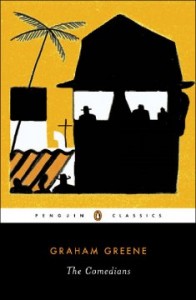 The Comedians: Considered one of Graham Greene’s most overlooked masterpieces, this novel also focuses on a journey to a remote and distant world…this time, though the land is Haiti of the 1960, a country in the grip of the corrupt and ruthless Papa Doc Duvalier and the Tontons Macoute, his nightmare-inducing secret police. The travelers are Brown a hotelier, Smith a wide-eyed American, and Jones, a delightfully sharp and yet tragic confidence man. This book is part satire, part tragedy, set in a stunningly depicted world of voodoo superstition and very real-world dangers. What always sets Green’s novels apart, however, is that he makes you feel like you have been on this journey with his characters, and shared their experiences, all the fear and the doubt and the wonder right along with them–without seeming to put any effort into the effect at all. Thus, this story is the perfect escapist book, filled with a good deal of insight and introspection, and enough adventuring to leave you quite satiated.
The Comedians: Considered one of Graham Greene’s most overlooked masterpieces, this novel also focuses on a journey to a remote and distant world…this time, though the land is Haiti of the 1960, a country in the grip of the corrupt and ruthless Papa Doc Duvalier and the Tontons Macoute, his nightmare-inducing secret police. The travelers are Brown a hotelier, Smith a wide-eyed American, and Jones, a delightfully sharp and yet tragic confidence man. This book is part satire, part tragedy, set in a stunningly depicted world of voodoo superstition and very real-world dangers. What always sets Green’s novels apart, however, is that he makes you feel like you have been on this journey with his characters, and shared their experiences, all the fear and the doubt and the wonder right along with them–without seeming to put any effort into the effect at all. Thus, this story is the perfect escapist book, filled with a good deal of insight and introspection, and enough adventuring to leave you quite satiated.
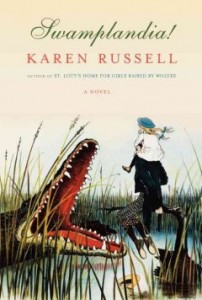 Swamplandia!: If it’s a bit more of a wild adventure you seek, then look no further than Karen Russell’s phantasmagoria of a novel that features twelve-year-old Ava Bigtree and her quest to save her family’s Bigtree alligator wresting dynasty following her mother’s death and her father’s disappearance. Set in the deepest heart of the Florida Everglades, Ava’s world is one where anything can happen–and very often does. Her sister is in love with a creature known as The Dredgemen, who might just be an actual ghost, her brother has defected to their competitor, a slick show known as the World of Darkness, and Ava herself is forced to care for the Bigtree’s ninety-eight gators, and navigate a world of ancient lizards, mysterious tropical entities, and the utterly mysterious depths of human nature, in order to keep her family afloat. Though outlandish in its premise, there are some very realistic, heartfelt themes running through Russell’s book that make it accessible to anyone (but especially to those of us who delight in the fantastic). Plus, the seemingly depthless nature of her imagination means that nothing in this book is quite what it seems to be, creating a story that will snap you up and hold on tight…much like the Bigtree alligators themselves, come to think of it….
Swamplandia!: If it’s a bit more of a wild adventure you seek, then look no further than Karen Russell’s phantasmagoria of a novel that features twelve-year-old Ava Bigtree and her quest to save her family’s Bigtree alligator wresting dynasty following her mother’s death and her father’s disappearance. Set in the deepest heart of the Florida Everglades, Ava’s world is one where anything can happen–and very often does. Her sister is in love with a creature known as The Dredgemen, who might just be an actual ghost, her brother has defected to their competitor, a slick show known as the World of Darkness, and Ava herself is forced to care for the Bigtree’s ninety-eight gators, and navigate a world of ancient lizards, mysterious tropical entities, and the utterly mysterious depths of human nature, in order to keep her family afloat. Though outlandish in its premise, there are some very realistic, heartfelt themes running through Russell’s book that make it accessible to anyone (but especially to those of us who delight in the fantastic). Plus, the seemingly depthless nature of her imagination means that nothing in this book is quite what it seems to be, creating a story that will snap you up and hold on tight…much like the Bigtree alligators themselves, come to think of it….

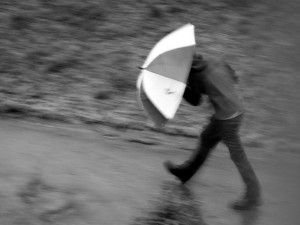

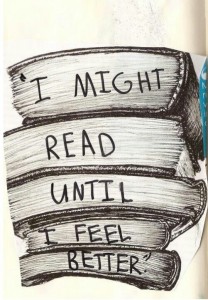
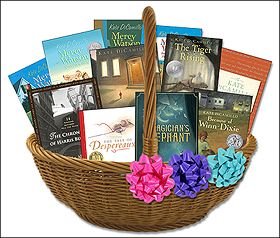
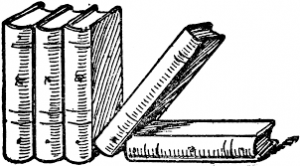
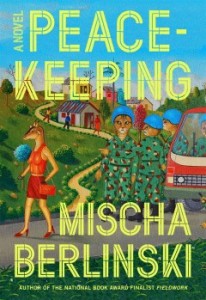
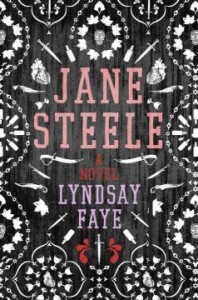
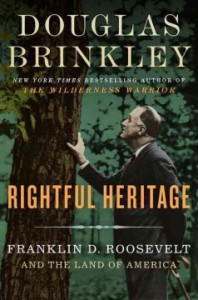
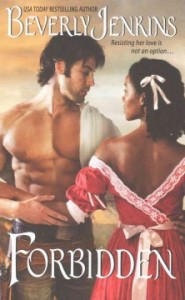
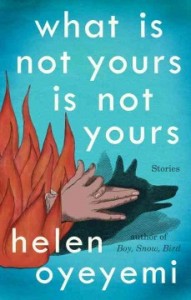
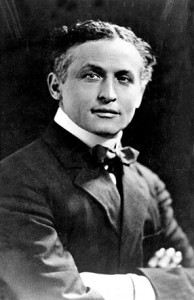
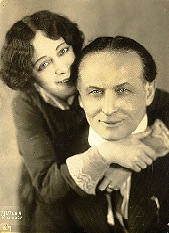
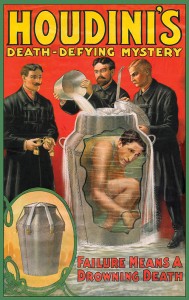
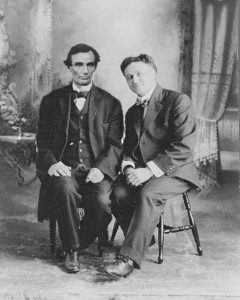
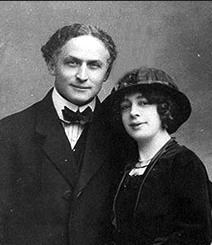
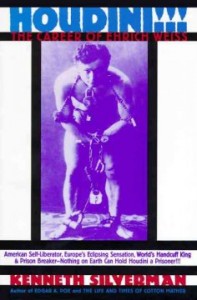
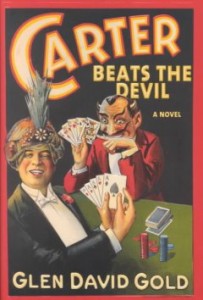
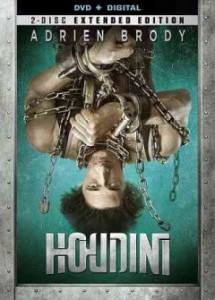
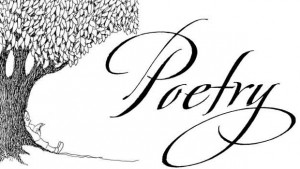

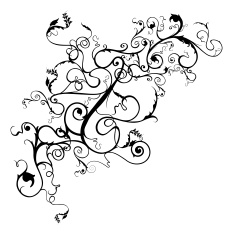

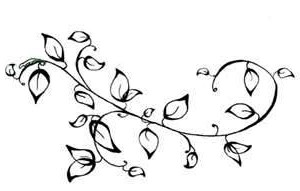
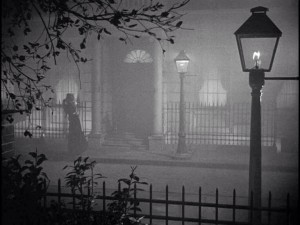
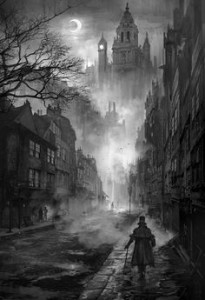 Because it turns out, Gaslamp Fantasy is a thing. And it is a beautiful thing, indeed. According to the experts at the
Because it turns out, Gaslamp Fantasy is a thing. And it is a beautiful thing, indeed. According to the experts at the 